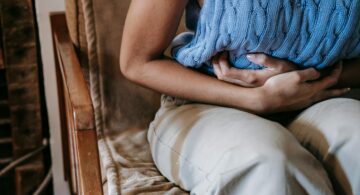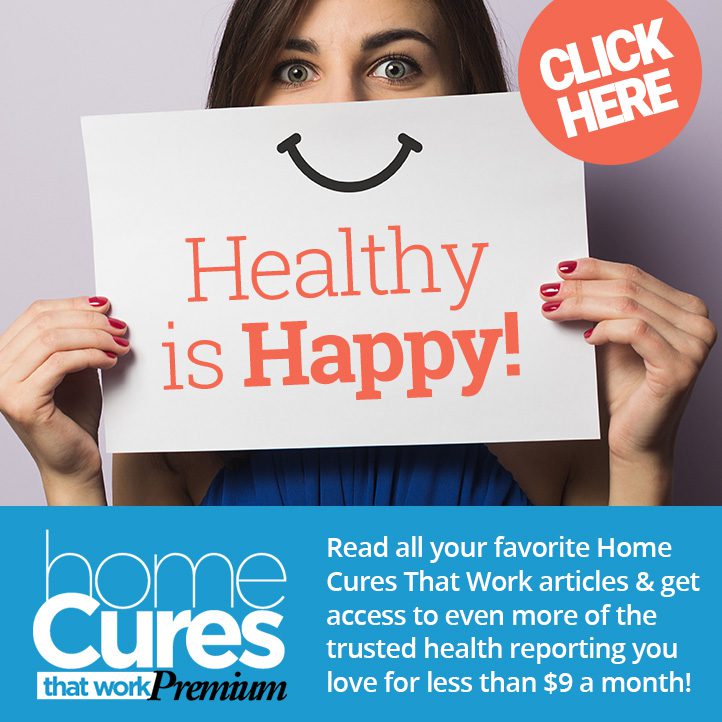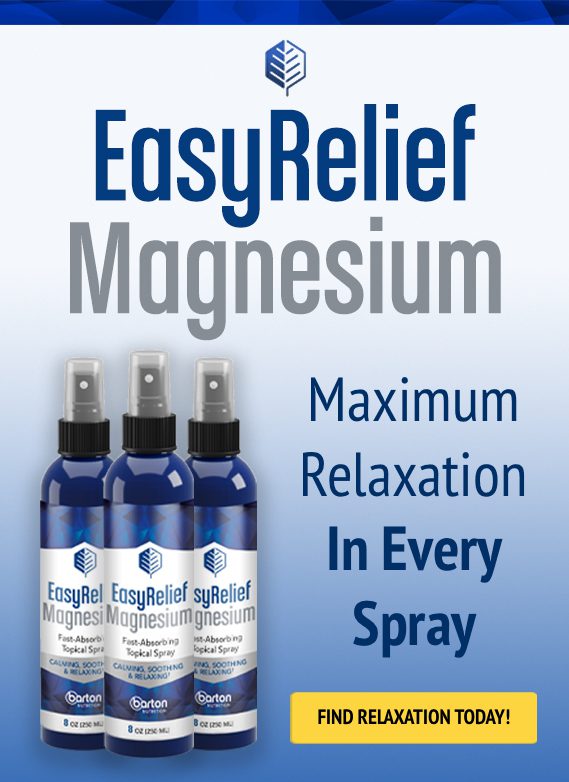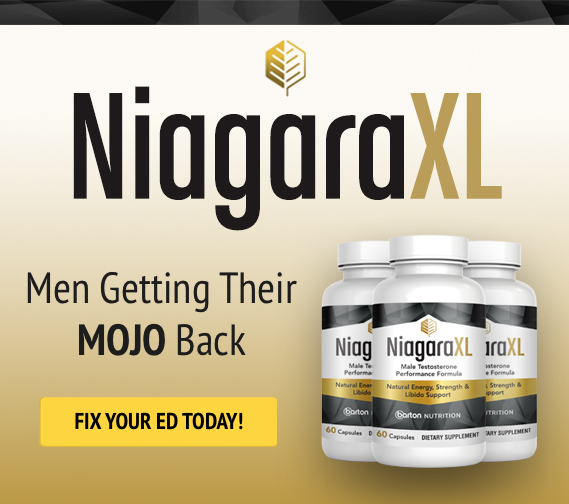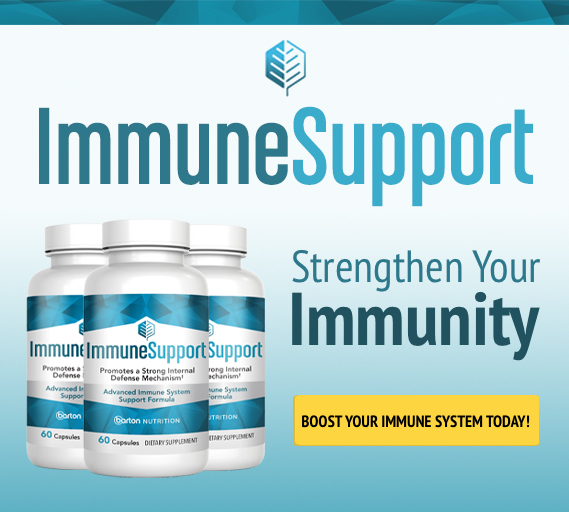Osteoporosis in the Young and in the Old: Stop the Decay
Hollywood, magazines and fashion models seem to make a statement — and standard — that being skinny is beautiful. Many young girls who want to look attractive seem to think being underweight is healthy and becoming skinny as models will make them more beautiful. However, one of the many side effects of being underweight, besides a lower immune system and low blood pressure, is osteoporosis.
Celebrities who appear regularly on the cover of magazines, or as guests on talk shows, have faces and bodies that hordes of young women are tempted to emulate. But “a delicate beauty” or “wafer-thin” slim physique are simply maintained via diet and exercise, or so we are told.
We read about strict diets, macro-biotic diets, dairy-free diets, vegan diets, no processed foods allowed diet and strict versions of “ultra-healthy” habits. Add heavy exercise routines, which include 2-hour workouts every day and where calories are pouring out sweaty skin. Sounds great, right? Then how come many “roll models” are diagnosed with osteopenia before they hit 40 years of age?
A low-calorie, dairy-free diet with tons of exercise and lack of sunlight can head a young woman down the road to osteoporosis.
Is bone loss the price you want your beautiful daughter or granddaughter to pay for the ultimate “ideal” body shape?
Teens, tweens and young adults idolize celebrities, models and TV or movie stars in designer clothes. But, there is long-term health damage happening underneath the “skinny” jeans, leggings, short shorts and tank tops.
Don’t be fooled. Even high school girls can develop osteoporosis in today’s media-driven culture. “Skinnier is better” is a message to fight because paying the price of excessive dieting and exercise to the extreme causes lower estrogen production and can eventually lead to osteoporosis.
Estrogen is needed to help keep bones strong. Without it, bones can become thin and brittle, which is why women in menopause can experience a drop in bone density. On the other end of the spectrum, young girls achieve approximately 90% of their bone mass by the age of 18. Osteopenia is increasingly a commonly recognized sign of an eating disorder in young adults across the country. When a young woman’s body should be increasing bone growth, heavy exercise and poor dieting can fail to develop strong bones during her critical growing periods.
Broken bones are a huge price to pay for style. Check in with your young daughters or granddaughters to find if she is working towards a particular body type. Skinny is not better, nor are osteoporosis symptoms: bent back, broken hip, vertebrae compressions and fractures. Osteoporosis is not an old lady’s disease. It is the future of models, celebrities and actresses – but not for your precious daughters.
The truth is the more bone you can lay down before 30 years of age, the more bone you maintain through your 30s and 40s. In order to maintain bone health in your later years, you need to set the stage in the beginning. Now let’s find out how diet can both help your bones – and hurt them.
A Strong Bone Diet Includes…
Calcium
A large part of your bones consist of calcium, which is also needed for your heart and nerves to function. If you diet lacks sufficient calcium, then your body starts extracting it from you bones in order to run the rest of your systems – and osteoporosis a result. Good sources of calcium are found in almonds, ricotta cheese, and fortified cereals or drinks.
Vitamin D
Like Robin to Batman, vitamin D is to Calcium. Vitamin D is one of your chief defenses against bone loss and without Robin, Batman can’t do his job. J Exposure to sunlight is nature’s best form of vitamin D, but diet comes close in second place. Thankfully, calcium-rich foods can also be high in vitamin D. Try dairy, eggs, and fish for good sources.
Protein
While your bones are mainly calcium, they’re also 22% protein. Protein is a key element in bone remodeling (the constant cycle of bone breakdown and rebuilding), and as such is critical in maintaining bone health. Try to stick to lower-fat/unsaturated fat sources of protein. For instance, if you’re eating meat, choose turkey or chicken instead of beef or pork. Nuts are another good source of healthy protein. For vegetarians, beans, peas and lentils are all good protein sources.
Magnesium, potassium, vitamin K, vitamin C, and vitamin B12: All of these vitamins and minerals play small, but key roles in protecting you against osteoporosis.
When the pH level in your blood – its acid/alkaline balance – tips towards the acidic side, calcium is leached from your bones. Fruits and vegetables, when metabolized in your body during digestion, increase your blood’s alkalinity, thus helping prevent bone loss.
So, now that we’ve covered the types of foods that help your bones – how about those that can actually cause your bones to break down?
Bones Break, So…
Stop Shaking the Salt!
Over time, salt robs your bones of calcium. For every 2300mg of sodium you consume, you lose about 40mg of calcium. And the typical American diet includes way more than 2300mg of sodium. One key thing you can do to lower sodium consumption: avoid processed foods as much as possible. Deli meats, canned soup and vegetables, and frozen meals can all be high in salt.
Skip the Soda!
Numerous studies have found that carbonate beverages increases the probability of bone fractures in young teens because the phosphoric acid present in most sodas/pops causes calcium loss – your urine excretes calcium faster than it can be absorbed.
Cut out the Caffeine!
The caffeine in many soft drinks leaches calcium from your bones: you lose about 6 milligrams of calcium from your bones for every 100 milligrams of caffeine ingested.
Societies throughout the ages have had different ideals for female beauty. Greek status and paintings reveal a fantasy many young women try to achieve. Don’t let it become destructive and let a young beauty be in pain with osteoporosis.
The unknown affliction of osteoporosis spreading among teenagers can be silent and costly. Encourage maximum bone health in young women by completing and filling years with energetic activity, healthy diet and knowledge.




